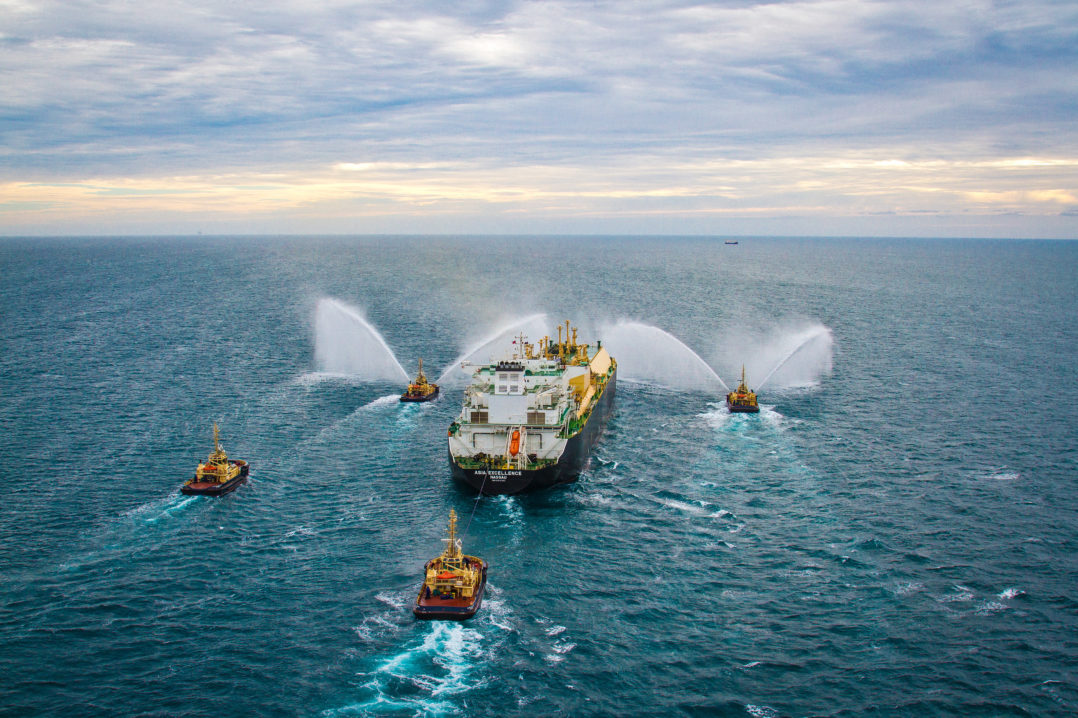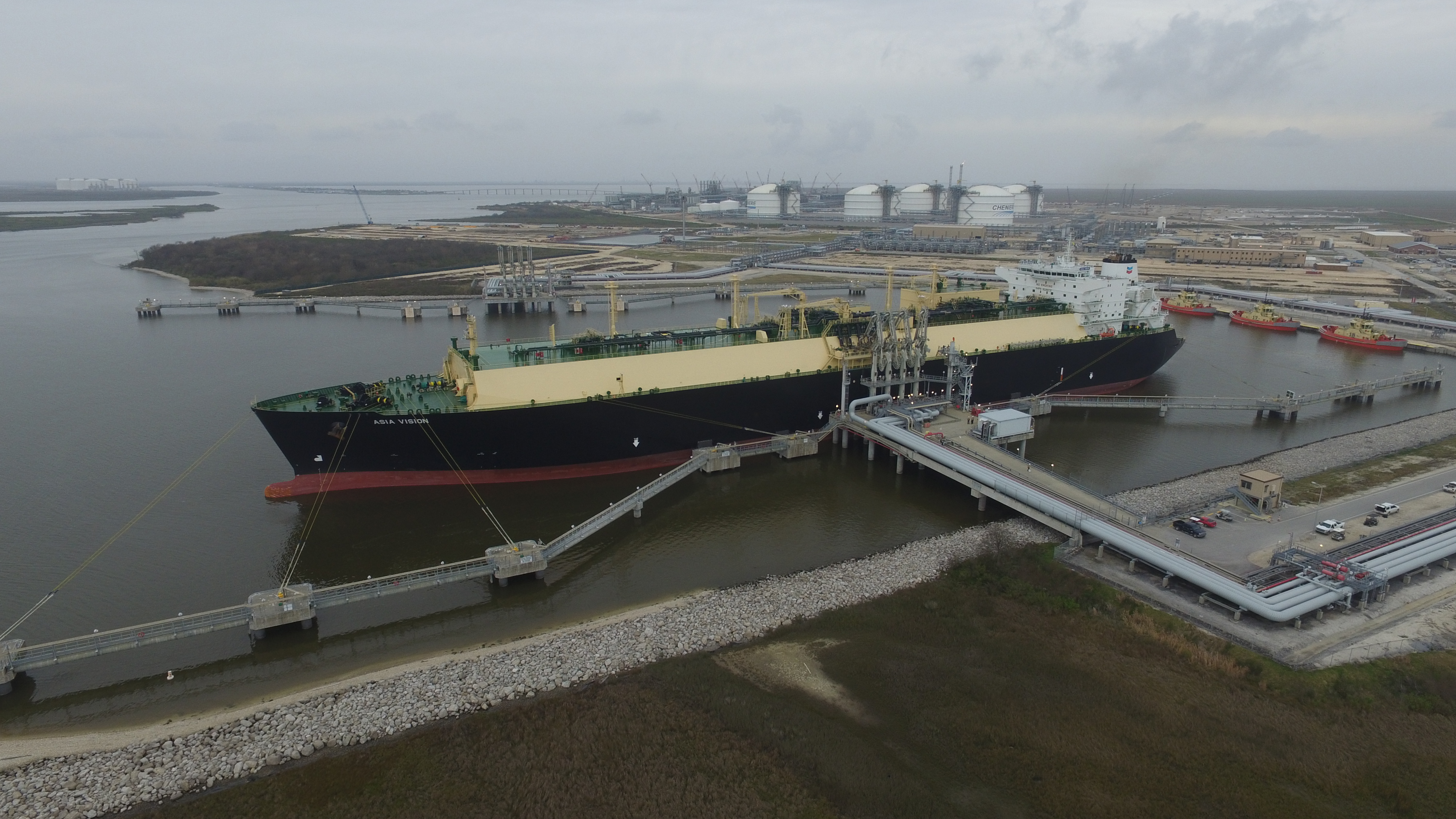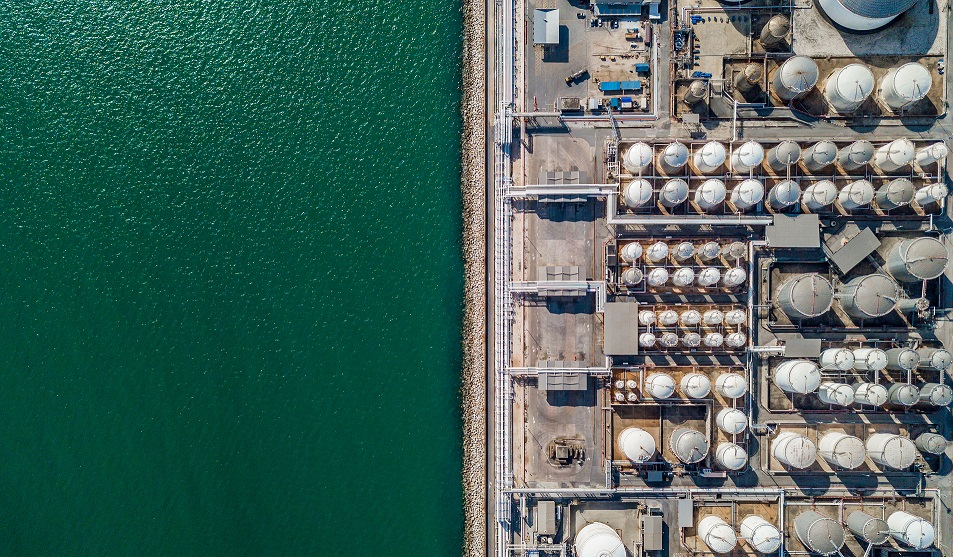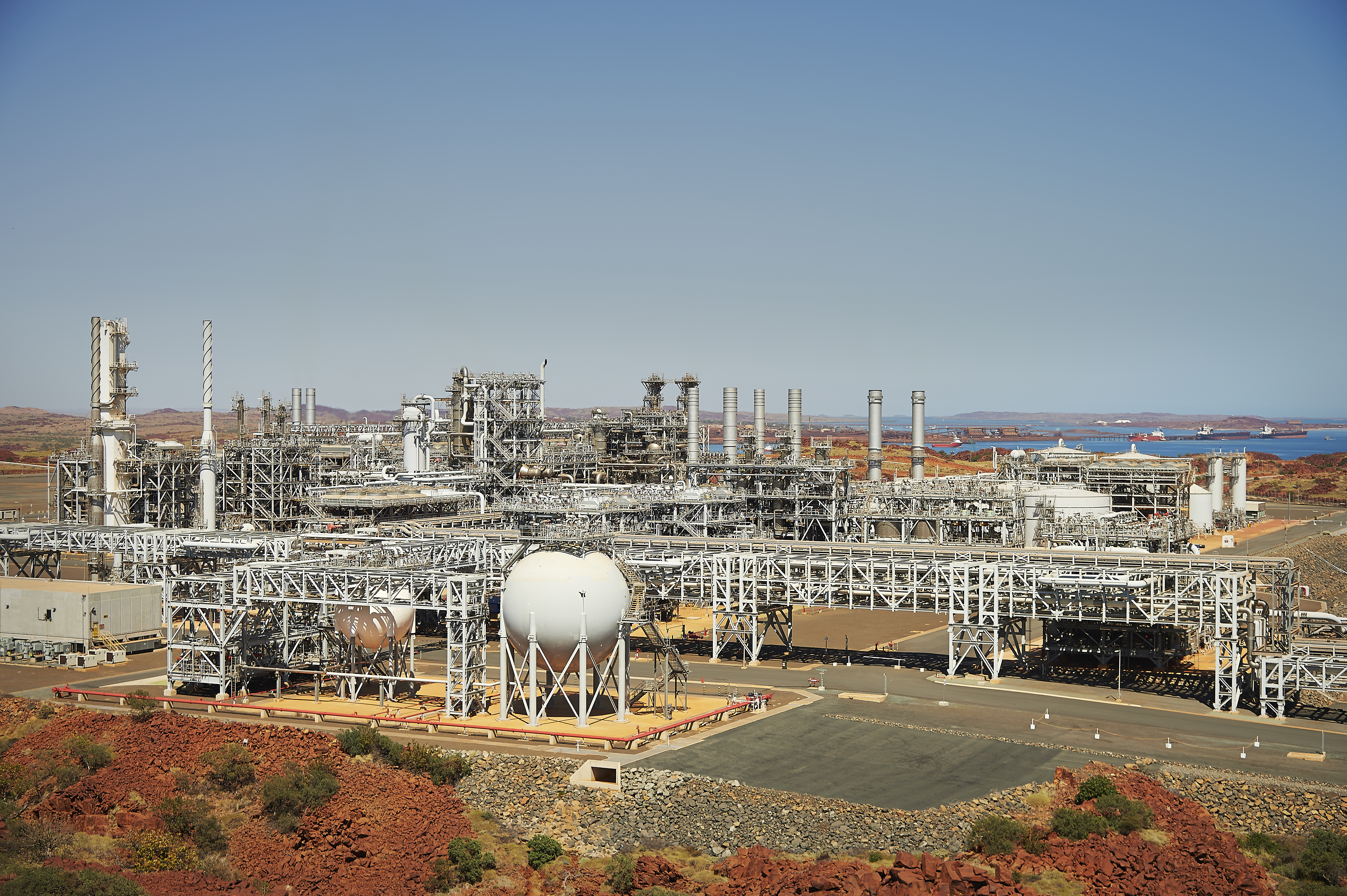According to Bloomberg (13 February) the “US Is Exporting Every Molecule of LNG Possible”, due to the crisis in Europe (Bloomberg, 13 February).
Australia, however, shipped fewer LNG cargoes in January (96) than in December (105), with short-term outages at the North West Shelf and Wheatstone and repair work at Gorgon.
This was revealed in EnergyQuest’s monthly report for January, which said that cargoes delivered in the first month of the year went to all the usual countries in Asia. There was no sign of any Australian cargoes heading to Europe. Although European prices were occasionally higher than Asian prices, the difference was not enough to make the longer trip worthwhile.
Cargoes heading to Asia, though, were enormously profitable, even those sold on oil-linked prices. This has already been apparent in the Q4 reports from Origin Energy, Santos and Woodside, with average realised LNG prices of US$11.80/MMBtu, US$13.64/MMBtu and US$16.00/MMBtu respectively, depending on their exposure to spot sales. At these prices individual cargoes were worth US$42-56 million each. The good fortune continued into January, with oil prices continuing to increase and high spot prices being maintained.
Notwithstanding high international gas prices and near-record LNG exports from Gladstone east coast short-term gas prices actually fell, from $11-12/GJ in December to $8-9/GJ in January. The gap with the ACCC LNG netback price estimate widened, with the netback increasing from $35.53/GJ in December to $41.24/GJ in January.
Gas generation in the NEM increased by 3.2% from December, increasing its market share from 4.3% to 5.3%, with 8.6 PJ used for generation in January, up from 6.3 PJ in December. The biggest absolute increase in gas-fired generation was in NSW (95 GWh). Total NEM generation was up by 7%, with coal up by 9% and hydro up (+12%) and wind up (+7%) but solar down (-7%). Altogether renewables generated 5.1 TWh, well up from gas at 1.0 TWh but still considerably less than coal at 11.1 TWh.
Some of the other highlights of the report were:
• In January Australian projects shipped 6.57 million tonnes (Mt) (96 cargoes), lower than 7.16 Mt (105 cargoes) in December.
• Compared with December, Australian projects delivered eleven fewer cargoes to China, Korea and Thailand in January, but six additional cargoes to Japan.
• West Coast shipments decreased to 4.5 Mt in January (5.0 Mt in December), with 65 cargoes in January compared to 73 in December.
• East coast LNG shipments decreased slightly to 2.1 Mt in January (2.2 Mt in December), with 31 cargoes compared to 32 in December, and 31 cargoes of 2.1 Mt a year ago. The east coast projects operated at 95% of nameplate capacity during January.
• There was one spot cargo reported from the east coast in January and one spot cargo from the west coast (2% of total shipments).
• Queensland imported gas from the other states in January, with flows in an easterly direction for the entirety of the month. Net gas flows to Queensland from other states were 6.2 PJ in January.
• Notwithstanding continued high LNG spot prices, Queensland short-term domestic gas prices in January were considerably lower averaging $8.81/GJ ($12.28/GJ in December) at Wallumbilla and $9.13/GJ ($12.20/GJ) in Brisbane, compared to those in December. Southern short-term domestic gas prices in January were lower compared to those in December, averaging $8.64/GJ ($11.23/GJ) in Sydney, $8.71/GJ ($11.49/GJ) in Adelaide and $8.57/GJ ($10.70/GJ) in Victoria.
• East coast electricity demand increased slightly in January compared with a year earlier. Taking account of interconnector flows, demand was up by 2.1% in NSW, 5.7% in Queensland, 4.9% in South Australia, 5.0% in Tasmania and 12.3% in Victoria. Taking account of increased generation from solar PV, grid demand was up by 2.2%.
• Gas-fired generation increased in all states compared with December. Gas’s overall share of the market increased to 5.3% from 4.6% a year earlier. Gas had an 3% share in Queensland and 25% in South Australia. Gas-use for power generation was up by 1.72 PJ in January (25%) compared with a year earlier.





